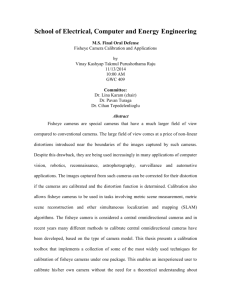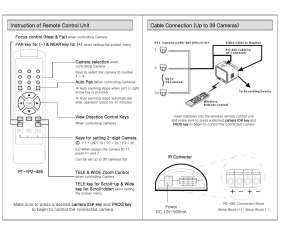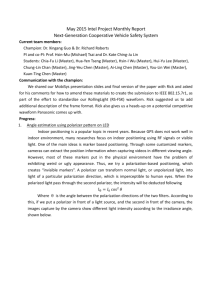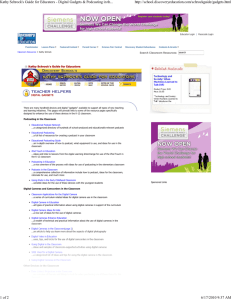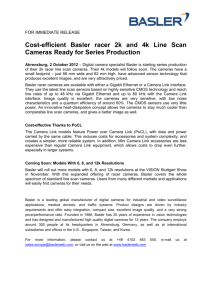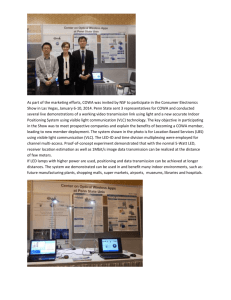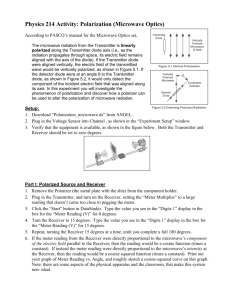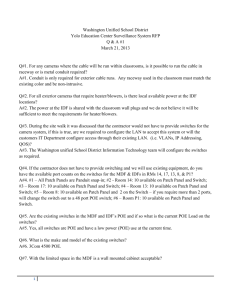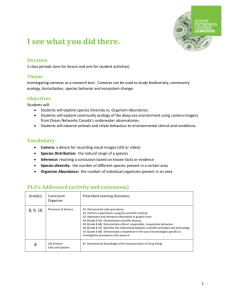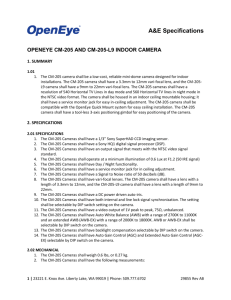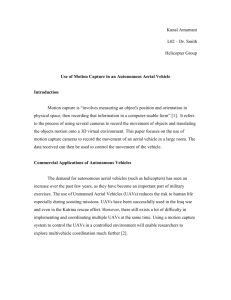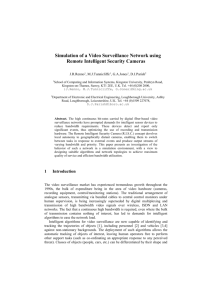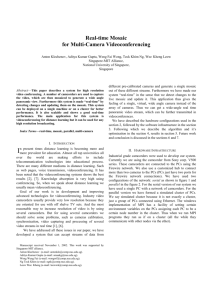June – August 2015 Intel Project Monthly Report
advertisement
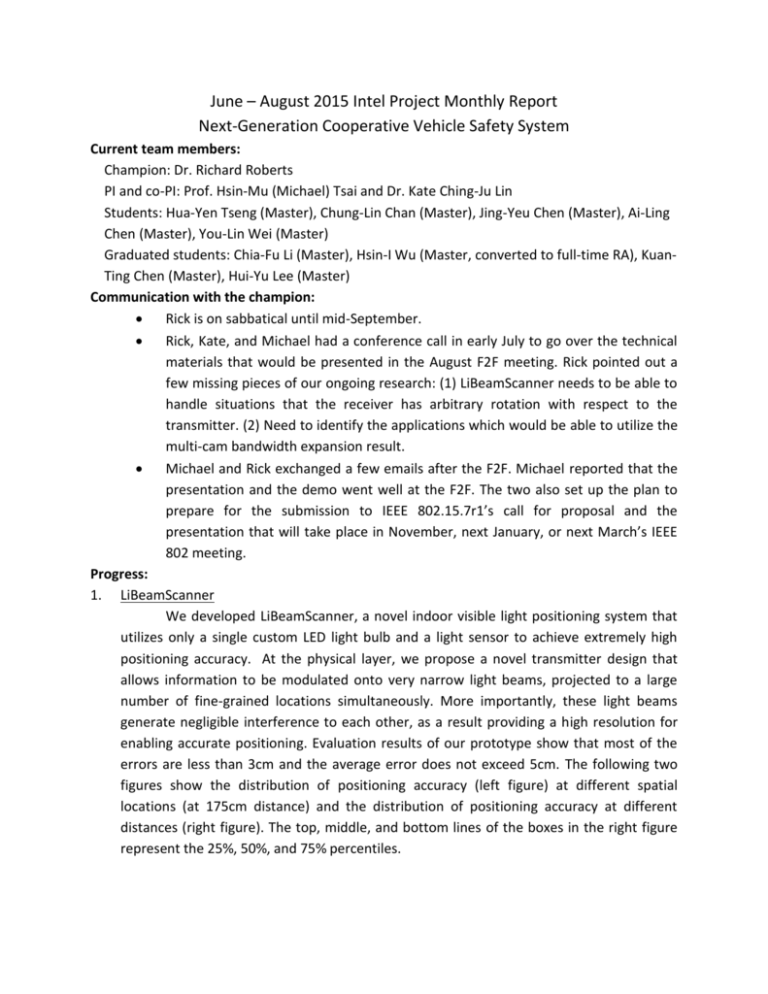
June – August 2015 Intel Project Monthly Report Next-Generation Cooperative Vehicle Safety System Current team members: Champion: Dr. Richard Roberts PI and co-PI: Prof. Hsin-Mu (Michael) Tsai and Dr. Kate Ching-Ju Lin Students: Hua-Yen Tseng (Master), Chung-Lin Chan (Master), Jing-Yeu Chen (Master), Ai-Ling Chen (Master), You-Lin Wei (Master) Graduated students: Chia-Fu Li (Master), Hsin-I Wu (Master, converted to full-time RA), KuanTing Chen (Master), Hui-Yu Lee (Master) Communication with the champion: Rick is on sabbatical until mid-September. Rick, Kate, and Michael had a conference call in early July to go over the technical materials that would be presented in the August F2F meeting. Rick pointed out a few missing pieces of our ongoing research: (1) LiBeamScanner needs to be able to handle situations that the receiver has arbitrary rotation with respect to the transmitter. (2) Need to identify the applications which would be able to utilize the multi-cam bandwidth expansion result. Michael and Rick exchanged a few emails after the F2F. Michael reported that the presentation and the demo went well at the F2F. The two also set up the plan to prepare for the submission to IEEE 802.15.7r1’s call for proposal and the presentation that will take place in November, next January, or next March’s IEEE 802 meeting. Progress: 1. LiBeamScanner We developed LiBeamScanner, a novel indoor visible light positioning system that utilizes only a single custom LED light bulb and a light sensor to achieve extremely high positioning accuracy. At the physical layer, we propose a novel transmitter design that allows information to be modulated onto very narrow light beams, projected to a large number of fine-grained locations simultaneously. More importantly, these light beams generate negligible interference to each other, as a result providing a high resolution for enabling accurate positioning. Evaluation results of our prototype show that most of the errors are less than 3cm and the average error does not exceed 5cm. The following two figures show the distribution of positioning accuracy (left figure) at different spatial locations (at 175cm distance) and the distribution of positioning accuracy at different distances (right figure). The top, middle, and bottom lines of the boxes in the right figure represent the 25%, 50%, and 75% percentiles. 2. Indoor Navigation System with Invisible Polarizer Marker and Visible Light Communications In this system, we use commodity cameras as the receiver and modify off-the-shelf LED light to become the transmitter, and thus it requires minimal additional cost. The main idea is that when the camera captures images with the polarizer marker on the ceiling light fixture, the orientation angle between the camera and polarizer marker can be estimated. Utilizing VLC, at the time the LED also transmits its absolute location to the camera. The device can then use these two pieces of information to estimate its own absolute location when more than one LED light is captured in the image. Results show that the mean angle error is always less than 10° for a distance up to 2.5 meters. The following two figures show a typical usage scenario of our system (top figure) and the measured mean positioning error at different rotation angles (bottom figure). 3. Bandwidth Expansion in Camera Communication Systems with Multi-camera Receiver We proposed a novel technique to improve the throughput of CamCom system. The system still utilizes a single LED as the transmitter but make use of multiple CMOS cameras as the receiver. Our idea is to use multiple cameras to capture the signal of LED with a frequency higher than the Nyquist frequency, effectively expanding the usable bandwidth. Due to the different rolling shutter sampling rates of different cameras (the inverse of the rolling shutter read-out time), the Nyquist frequency for different cameras also differ. When the transmitted signal frequency exceeds the Nyquist frequency of a particular camera, the signal will be observed as a lower frequency signal by the camera, and the phenomenon is commonly known as aliasing. In this research, we propose a scheme to correctly estimate the original transmitted frequency, which can be higher than the Nyquist frequency of the cameras, by combining the results from multiple cameras. Experimental results show that with this technique we can expand the usable bandwidth by 5.7 times and the system throughput by approximately 30%. Brief plan for next month: 1. Prepare a submission to IEEE Vehicular Networking Conference, summarizing the measurement results and the findings (asymmetrical nature of the links) of the headlight and taillight radiation pattern. 2. Resolve two important issues of LiBeamScanner (1) arbitrary rotation of the receiver (2) the slow response time due to the length of the preamble signal. 3. Carry out VLC channel measurements in driving scenarios to further characterize the car-tocar VLC channel.



